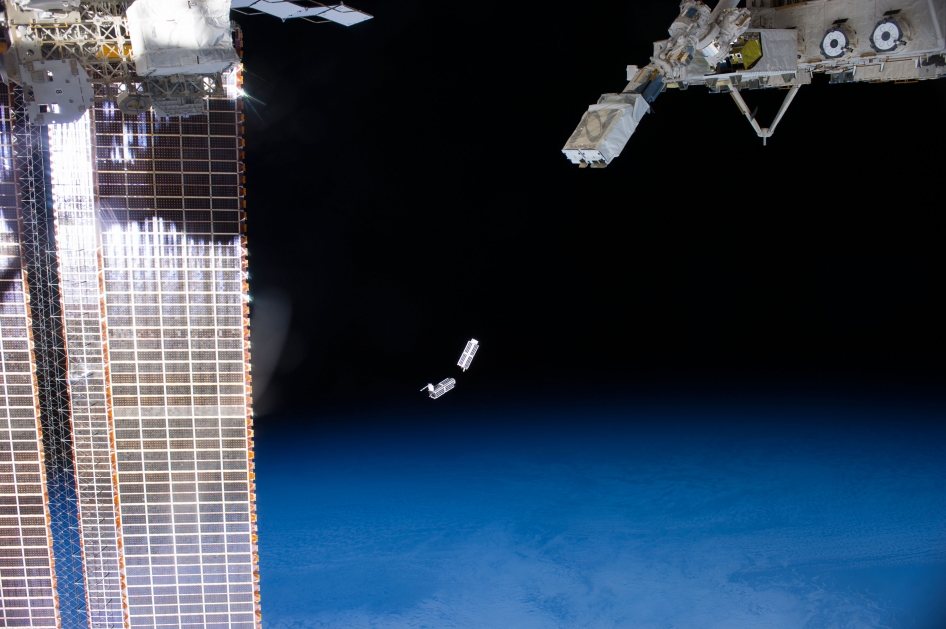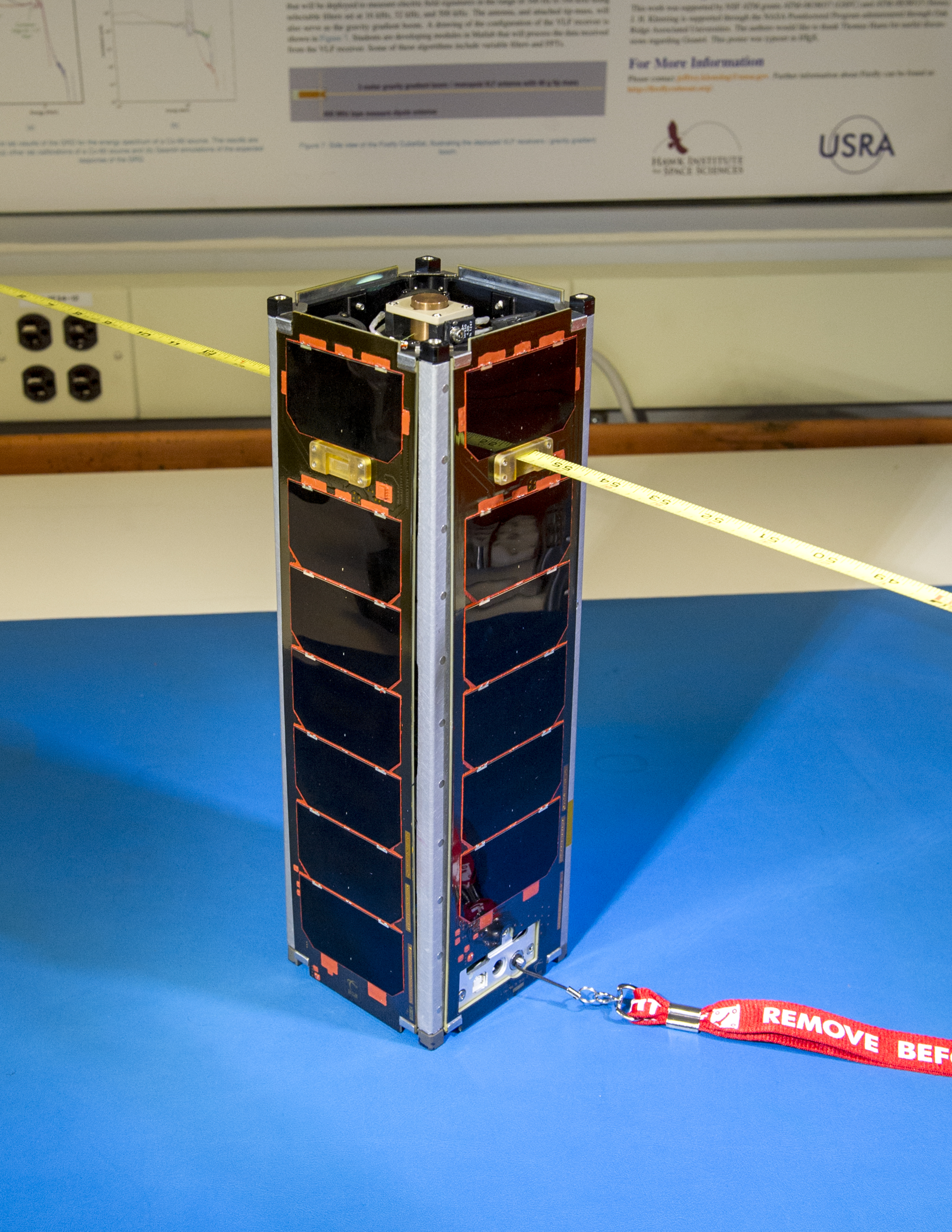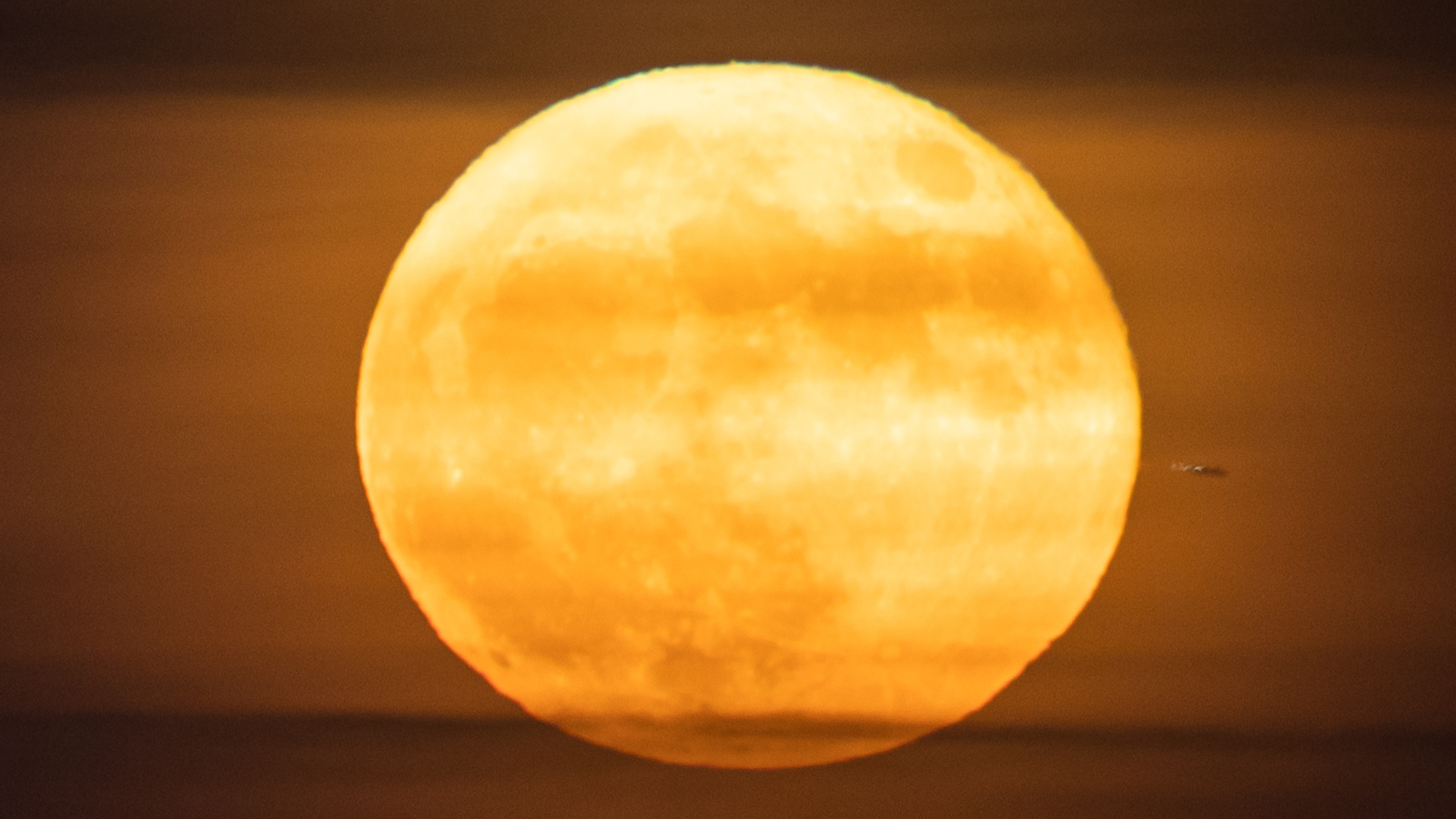NASA Has Big Plans for Tiny CubeSats

Tiny CubeSats could soon play a big role in space exploration.
For example, NASA is set to launch one of these miniature satellites — the "IceCube" craft, which is the size of a loaf of bread — in 2016 to test technology for a future mission. The result could be big savings in development costs down the road, IceCube team members say.
"We're using IceCube to test a radiometer that we want to fly on a big space mission," Jeffrey Piepmeier, associate head of the microwave instruments and technology branch at NASA's Goddard Space Flight Center in Greenbelt, Maryland, said in a statement. "Climate scientists have never used this frequency to measure cloud ice from space before."
IceCube isn't the only CubeSat NASA plans to launch in the near future. The agency also aims to loft a CubeSat called Dellingr in March 2015. On board will be a magnetometer intended to help scientists understand how the magnetic field of the Earth fluctuates, which, in turn, will teach them about the effect of solar flares and other space weather on our planet.

Bantam craft such as Dellingr can deliver sizable scientific returns with a relatively modest investment of time and money, researchers say.
"Every pound that you send into space costs a phenomenal amount of money," said Todd Bonalsky, an electrical engineer at NASA Goddard. "Hence the investment in CubeSats, which are tiny, complete satellites that are cheaper and easier to build than their larger counterparts."
But CubeSats aren't the answer for every mission, NASA officials caution. While mobile phone technology, for example, has shrunk the power requirements for these tiny satellites, they don't have the juice to run some of NASA's more powerful instruments.
Get the Space.com Newsletter
Breaking space news, the latest updates on rocket launches, skywatching events and more!
By their nature, however, CubeSats are considered almost disposable technology. These small and relatively cheap spacecraft can be launched in bunches rather than as single missions. This means that multiple copies of an instrument can be tested at a low cost, or that scientists can collect data from several satellites instead of just one.
"Instead of pouring money into one big satellite, we try to make a swarm," said Robert Clayton, an intern at NASA Goddard from Dartmouth College. "It's OK if we lose two or three from our swarm of 20. We instead focus on making each CubeSat as cheap and reproducible as possible."
Follow Elizabeth Howell @howellspace, or Space.com @Spacedotcom. We're also on Facebook and Google+. Originally published on Space.com.
Join our Space Forums to keep talking space on the latest missions, night sky and more! And if you have a news tip, correction or comment, let us know at: community@space.com.

Elizabeth Howell (she/her), Ph.D., was a staff writer in the spaceflight channel between 2022 and 2024 specializing in Canadian space news. She was contributing writer for Space.com for 10 years from 2012 to 2024. Elizabeth's reporting includes multiple exclusives with the White House, leading world coverage about a lost-and-found space tomato on the International Space Station, witnessing five human spaceflight launches on two continents, flying parabolic, working inside a spacesuit, and participating in a simulated Mars mission. Her latest book, "Why Am I Taller?" (ECW Press, 2022) is co-written with astronaut Dave Williams.
